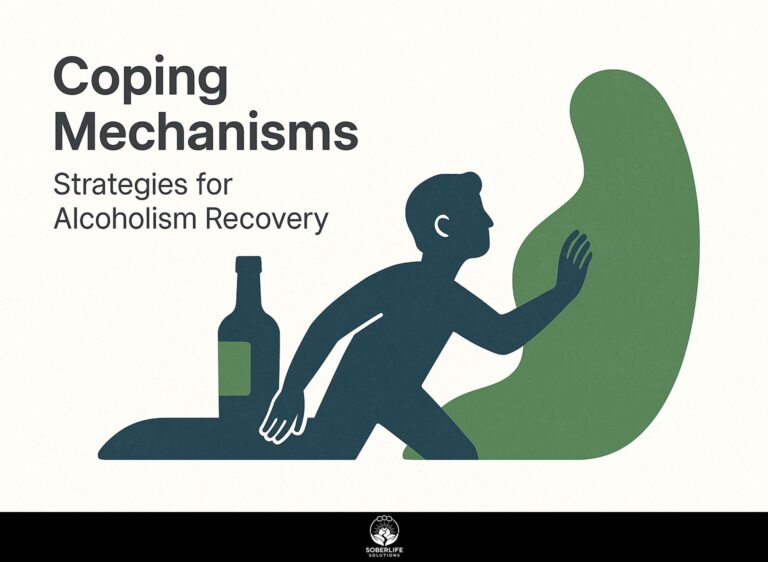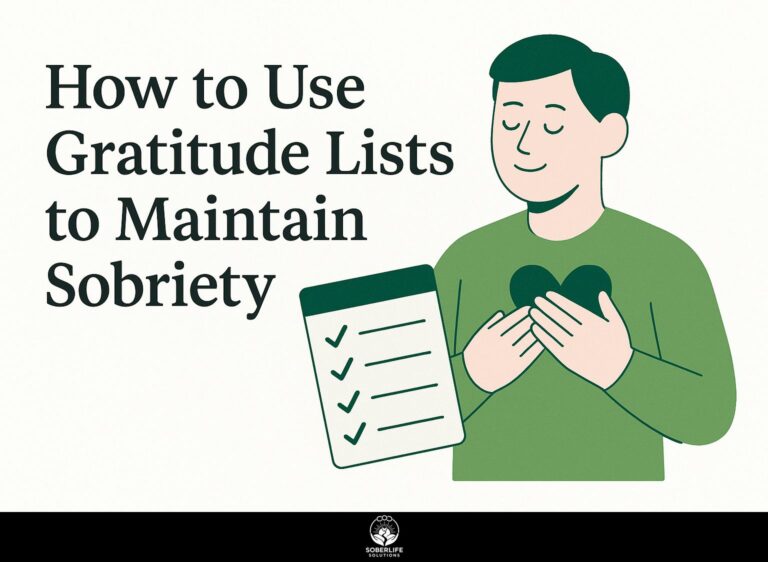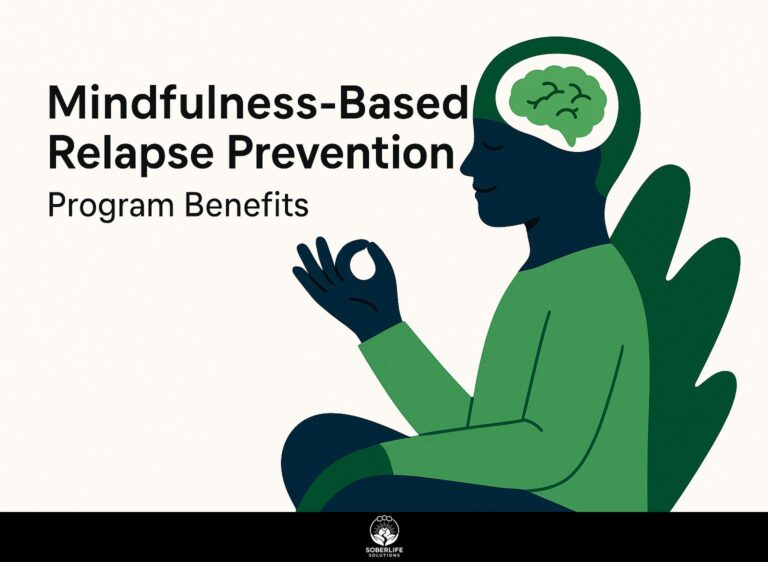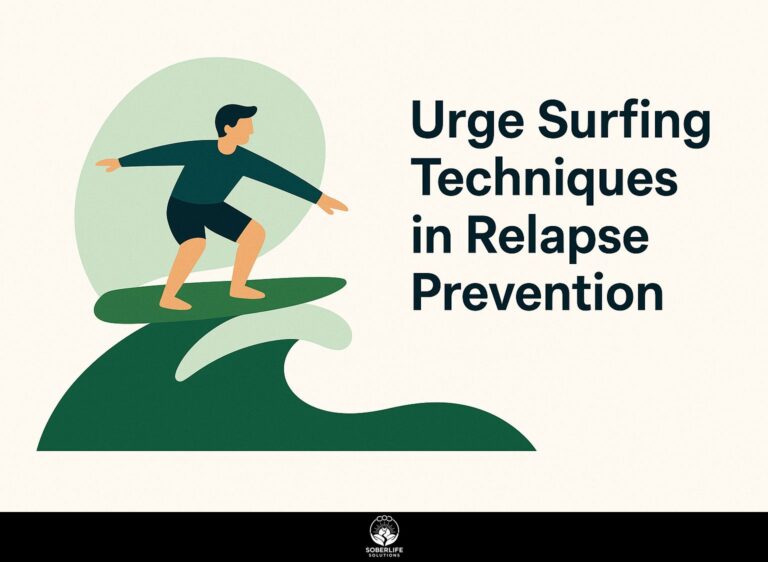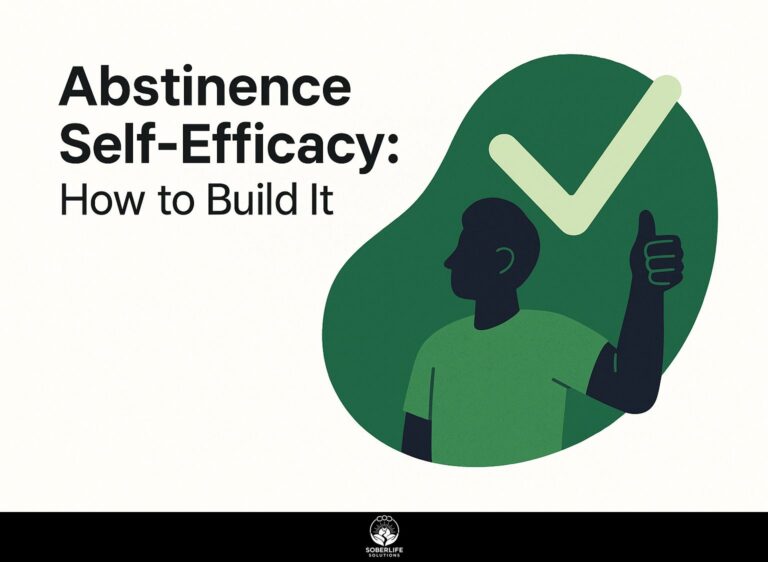Triggers: Types, Examples, and Management Strategies
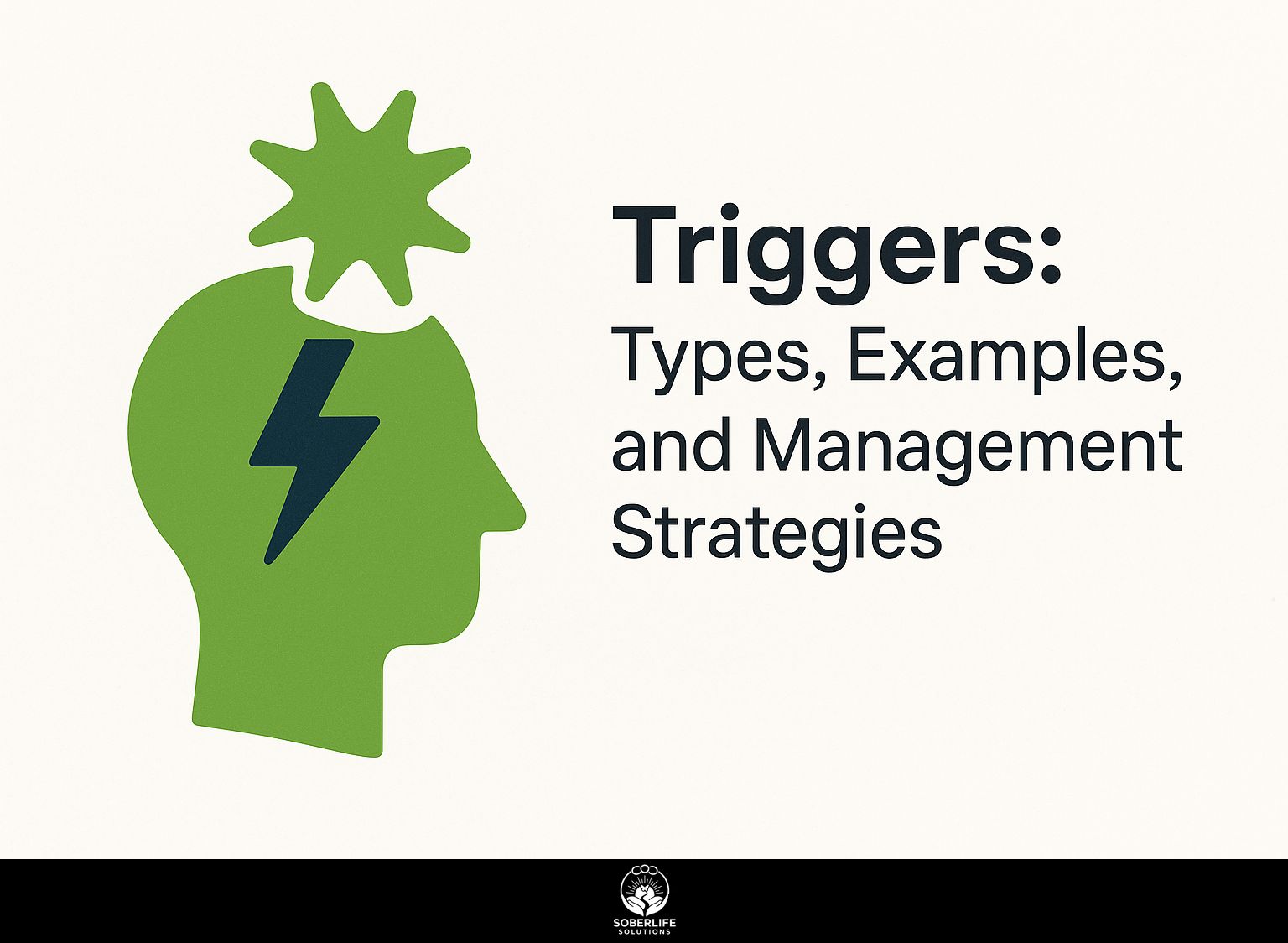
Knowing what causes emotional reactions is important for dealing with mental health issues such as PTSD and anxiety disorders. These triggers often stem from past trauma and can significantly impact daily life. In this article, we will look at different types of triggers, give relatable examples, and talk about ways to manage them, including coping methods to help you take back control. By identifying and dealing with these triggers, you can build strength and improve your general health.
Key Takeaways:
Definition and Importance
Triggers are stimuli that evoke strong emotional reactions, often linked to past trauma or stress, influencing behavior in high-pressure situations.
Recognizing and handling triggers is important for mental well-being. For instance, someone who experienced a traumatic event in a crowded space might feel anxious in similar environments. Understanding these responses can be deepened by exploring insights from the National Alliance on Mental Illness on mental illness triggers.
A practical method to cope is to keep a journal where you note specific situations that trigger heightened emotions and your subsequent reactions.
Employing relaxation techniques, such as deep breathing or mindfulness, can help mitigate the emotional response when confronted with these triggers.
Thinking about these situations regularly helps people create better ways to handle stress and lessens the impact of triggers over time.
Types of Triggers
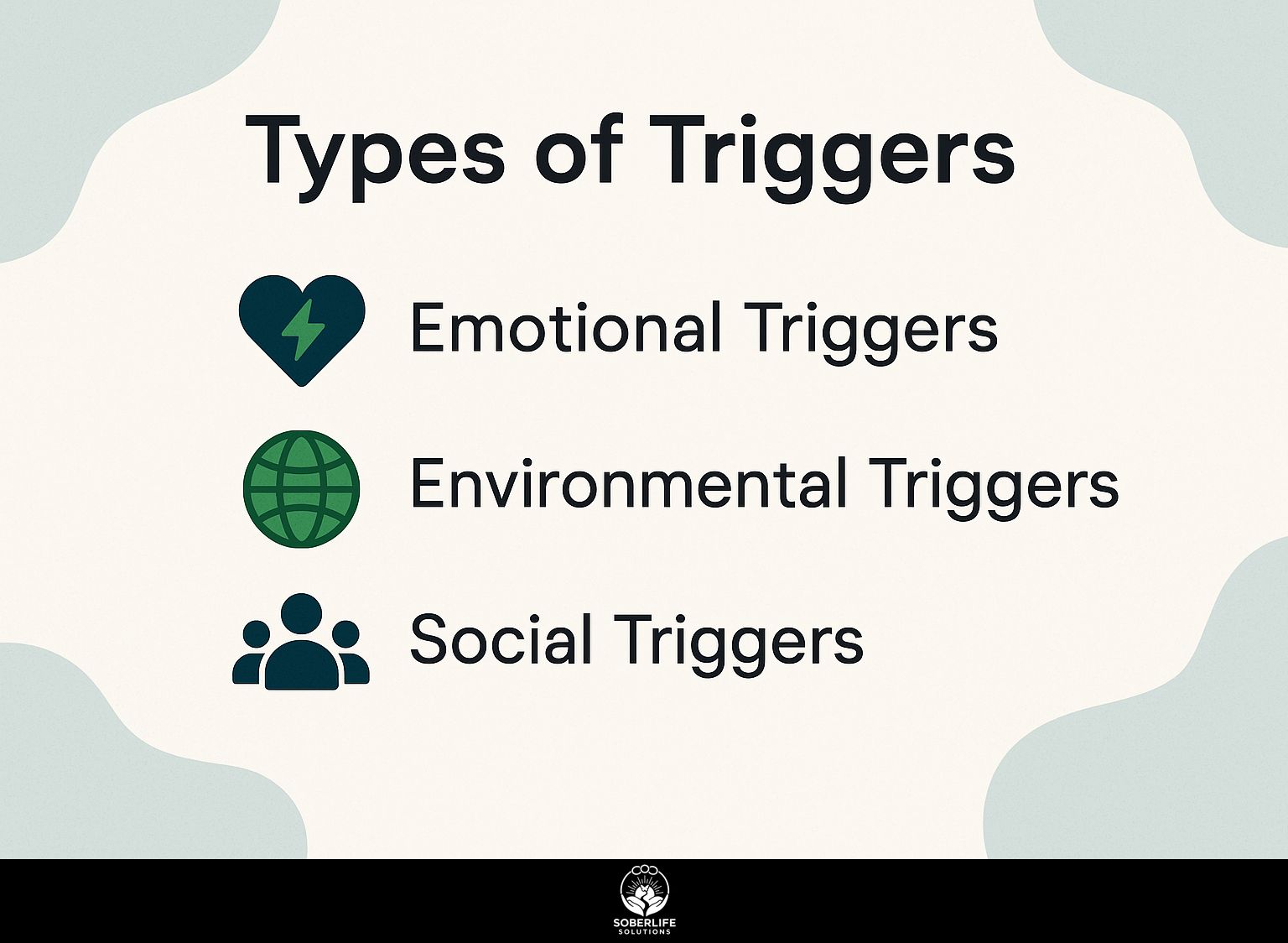
Triggers can be grouped into three main categories: emotional, environmental, and social, each with its own causes and effects.
Emotional Triggers
Emotional triggers often arise from past trauma, leading to automatic thoughts and emotional distress during specific situations.
To manage these responses, mindfulness techniques can be incredibly effective. For instance, practicing deep breathing exercises can help ground you in the present moment.
When you feel a trigger, take a moment to inhale deeply for four counts, hold for four, and exhale for six. Journaling about your feelings can also provide clarity and help identify patterns in your emotional responses.
Another useful method is the ‘5-4-3-2-1’ grounding technique, where you list five things you see, four you can touch, three you hear, two you smell, and one you taste. These practices can regain a sense of control amidst emotional turmoil, as explained by the Mayo Clinic’s comprehensive overview of mindfulness exercises.
Environmental Triggers
Environmental triggers, such as certain sounds or locations, can initiate emotional reactions tied to trauma or anxiety disorders.
For instance, the sound of a siren might remind a veteran of combat, triggering a panic response. To mitigate these effects, grounding techniques can be highly effective. As highlighted by Verywell Mind, understanding how your environment impacts your mental health is crucial for managing such triggers.
One simple method is the 5-4-3-2-1 technique: identify five things you can see, four you can touch, three you can hear, two you can smell, and one you can taste. Related insight: Anger Management in Detox: Techniques and Outcomes can also support emotional regulation in triggering environments.
This approach helps realign your focus and re-establish a sense of safety, enabling you to regain control over your emotions in triggering environments.
Social Triggers
Social triggers usually appear in our dealings with others, causing emotional reactions linked to previous events.
To cope effectively with these triggers, establish a support system that includes trusted friends or family who understand your feelings.
Engage in mindfulness practices, such as meditation or deep-breathing exercises, to ground yourself during triggering situations.
Journaling can be a powerful tool; it allows you to reflect on your emotions and identify patterns in your responses.
Think about getting professional help, like therapy, to create coping methods just for you and to better understand your relationships.
Examples of Triggers
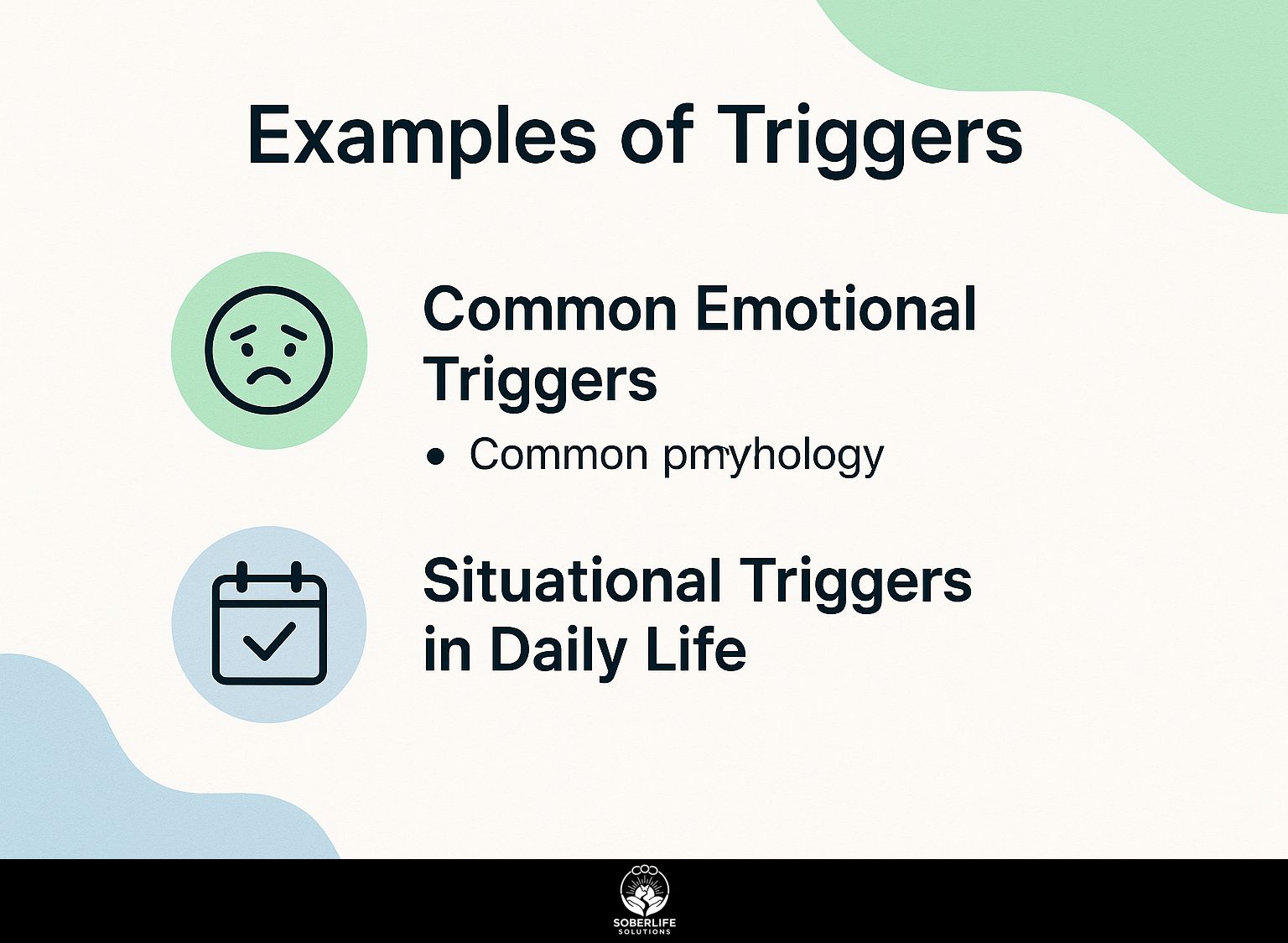
Recognizing typical emotional and situational triggers can help people control their reactions and build emotional strength.
Common Emotional Triggers
Common emotional triggers include memories of grief, loss, and trauma, which can cause strong emotional reactions such as panic attacks or unwelcome thoughts.
To cope effectively, consider implementing mindfulness meditation as a proactive strategy. Start with five-minute sessions, focusing on your breath to ground yourself when memories surface.
Journaling can also be beneficial; dedicate time each week to express thoughts and feelings related to grief, helping to externalize emotions.
Building a group of supportive people, like friends, family, or support groups, can offer comfort and help. Each of these methods builds resilience, helping you handle emotional triggers better.
Situational Triggers in Daily Life
Situations like crowded places or significant life events can affect emotional well-being.
To effectively cope with these triggers, consider practical strategies such as mindfulness practices, which can provide grounding during stressful moments.
For instance, deep breathing exercises can help reduce anxiety when faced with a crowded environment. Joining a support group can help you feel part of a community and connect with others who share your experiences.
Apps such as Calm or Headspace provide guided meditations designed for particular situations, helping to build emotional strength. Keeping a journal can help you find things that upset you and come up with ways to handle them that work for you.
Impact of Triggers on Behavior
Triggers significantly impact behavior, influencing emotional regulation and leading to responses such as avoidance or confrontation.
For instance, encountering a specific scent might evoke memories of a past event, leading to heightened anxiety or nostalgia.
To manage these reactions, it’s helpful to develop a recognition strategy:
- First, identify your triggers through journaling.
- Next, practice deep-breathing techniques to calm your immediate response.
- Implement mindfulness exercises, like focusing on your surroundings, to ground yourself.
For an extensive analysis of these approaches, our comprehensive study on Dialectical Behavior Therapy examines how these strategies contribute to emotional regulation.
As time goes by, these coping strategies can improve how people manage their emotions and support better choices in stressful situations.
Management Strategies for Triggers
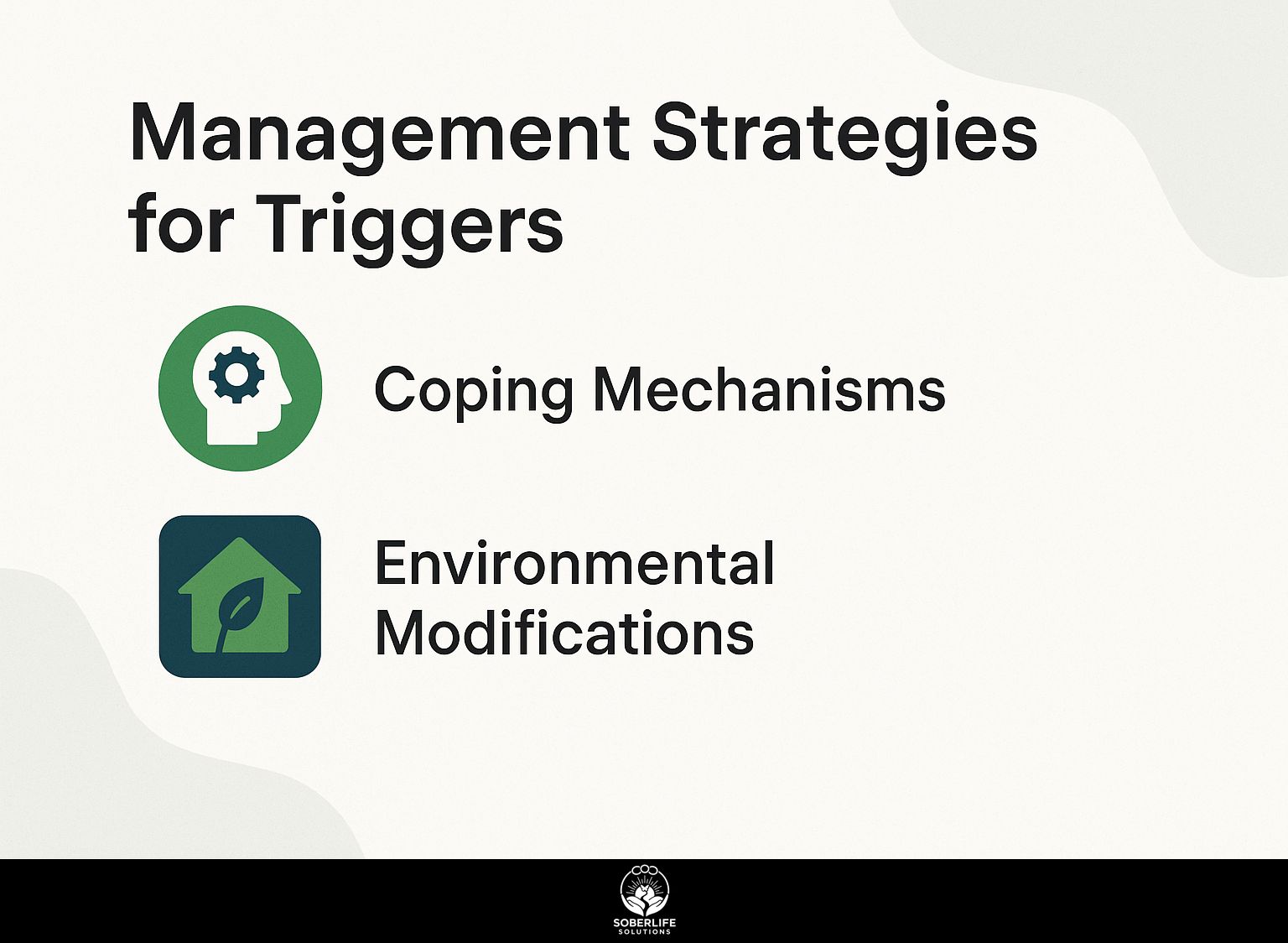
Handling triggers well can lower emotional stress and improve coping skills, helping to build emotional strength. If you’re interested in enhancing these skills, understanding urge surfing techniques can offer practical strategies for managing the impulses that often accompany triggers.
Coping Mechanisms
Coping mechanisms such as mindfulness techniques and self-care practices can effectively minimize the impact of emotional triggers.
Some effective practices include mindfulness meditation, which involves focusing on the present to reduce anxiety-shown to decrease feelings of stress by up to 30% according to recent studies.
Breathing exercises, such as the 4-7-8 technique, can activate the body’s relaxation response in just a few minutes. Doing regular physical activity, like walking for 30 minutes, can improve mood and lower anxiety.
Implementing these strategies into your daily routine can significantly improve your emotional well-being.
Environmental Modifications
Adjusting your environment can significantly influence emotional responses and reduce the impact of triggers in daily life.
To create a calming space, start by decluttering your surroundings. Remove items that distract you or evoke negative feelings.
Next, consider adding soothing elements; for instance, a small water fountain can create calming background noise, while soft lighting-like fairy lights or lamps-encourages relaxation.
Add plants to your area. They clean the air and make your space feel livelier. Set up spaces for various tasks-such as a spot for reading or a place for meditation-so each area serves a particular purpose and meets emotional needs.
Frequently Asked Questions
What are triggers and why are they important in managing emotions?
Triggers are situations, events, or thoughts that can cause an emotional response. They are important because recognizing and managing triggers can help us regulate our emotions and maintain our mental well-being.
What are the different types of triggers?
The three main types of triggers are internal, external, and sensory. Internal triggers come from our thoughts and memories, external triggers are related to our environment and people, and sensory triggers are related to our five senses.
What are some examples of internal triggers?
Internal triggers can include negative self-talk, self-doubt, and past traumas. For example, a person who experienced bullying in the past may feel anxious and triggered when encountering a similar situation or person.
What are some examples of external triggers?
External triggers can include stressful events, conflicts with others, and major life changes. For example, a person going through a divorce may feel triggered by seeing happy couples or hearing love songs.
How can I manage my triggers effectively?
The first step is to identify your triggers and understand why they affect you. Then, you can create healthy ways to handle stress, like deep breathing, writing in a journal, chatting with a friend you trust, or talking to a therapist.
Can triggers be completely eliminated?
Unfortunately, no. Events in life can provoke reactions, and we can’t manage every situation we face. But with good management strategies and help, we can learn to control our emotions and react to triggers in a better way.

